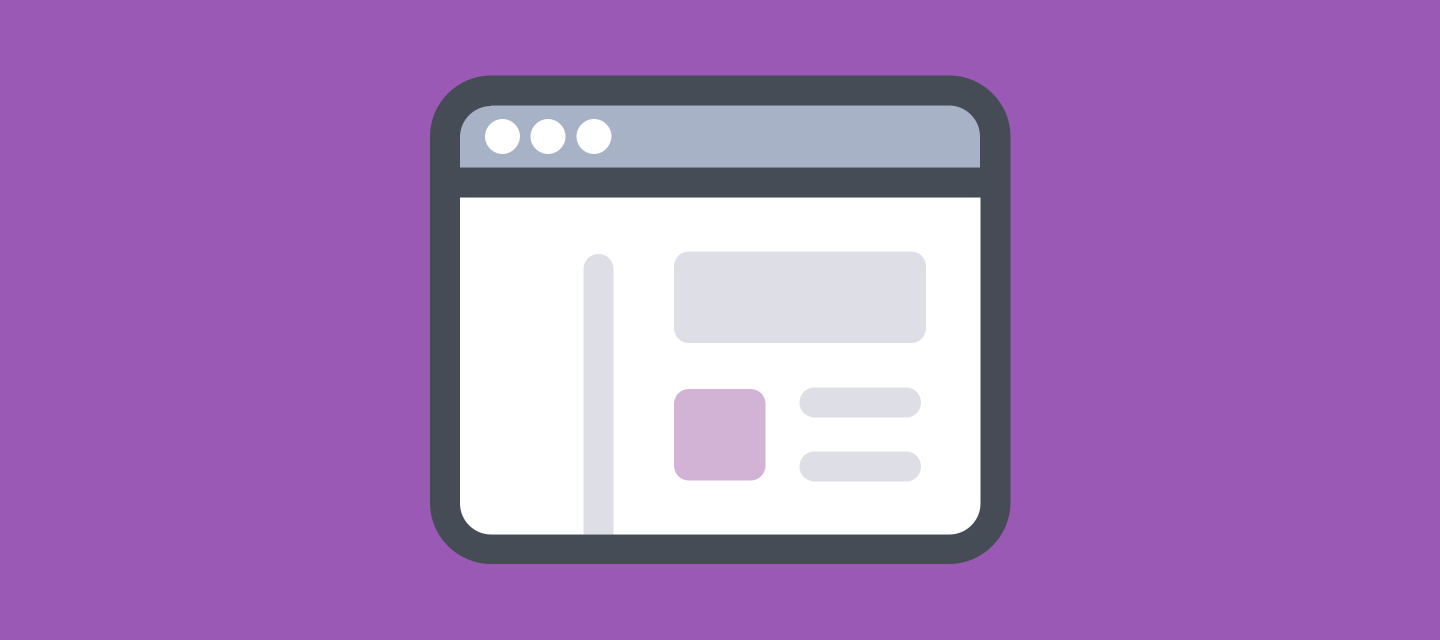Thinking about User Experience is not optional
This article is part of the series “Set your project up for success.”
We all know that users’ expectations have changed about what an app should be. Not only should your app serve its primary functions, but also provide information in an attractive and easy-to-digest way. It should fit into the user's workflow and avoid friction.
In my experience, good user experience (UX) is the basis for acceptance of the app and of the outcomes of the app. It doesn't mean just cosmetics, like adding a few graphs and matching the button colors to the company logo. It means really understanding how your user will use the tool, in what context, and structuring to facilitate that purpose.
Good User Experience (UX) is the basis for acceptance of the app and of the outcomes of the app.
Know your possibilities, and your limits
In the AIMMS platform, a model developer can build the whole User Interface (UI) – and we're doing our best to keep delivering WebUI tools that make it easy for you to adapt your UI to the user needs. We've worked with UX specialists from Total Design to provide a modern WebUI for your AIMMS application. The components and patterns provided should make it easy for you to put together a UI to suit your user's workflow and provide information in a way that meets their needs efficiently. Check the AIMMS Design System for more information about the intended use, available components, and best practices in WebUI.
But realize that we provide the toolkit, and not the design. Developers can and should reach out to others for help in structuring and organizing the app. And, of course, get feedback directly from end users during the process.
You may find that, especially for complex apps, you can benefit from a UX consultant. If you do hire a consultant, make sure they understand the possibilities and limitations of the AIMMS platform. That way you'll be sure you can actually implement your great design.
Developers can and should reach out to others for help in structuring and organizing the app.
Understand basic design principles
If you don’t have a UX designer at your disposal, you can still observe the basics of product design and user interaction. To get you started, consider these principles:
- Avoid cognitive overload
Dealing with data-rich outputs as we often do, planners often say "I want as much data on the screen as possible." But that's not usually the best way to explore the output. A UI with too much data can feel like a circus of spinning wheels and dancing bears – it will overload the user, making it difficult to stay focused on what they are trying to do or the information they are looking for. Carefully selecting what data to present on a page, and what to hide or make available elsewhere, is much more useful.
Features like Side panels, Page action menus, Widget action menus , and now Item action menus help free up space and put options right next to the information they'll affect.
- User workflow matches user needs
When you have a firm understanding of your user's needs and expectations, the layout and structure of your UI should follow that. Planning out how many pages, and what goes on each one, is an important step in designing your app.
Structure your Page menu in a way that makes sense to the order that things are usually done. Think of what links make sense between those pages. Consider using Workflow panels to guide your user through a process in a logical way.
- Inform user of app status
While a vague "busy" status message may be alright for a process that takes a few seconds, a spinning circle for 20 minutes while the app processes an unusually large amount of data is likely to confuse and frustrate your user.
Use the Status bar to let your user know progress or state (for example, saved/unsaved); Dialog pages to notify them before a critical action; and Data-dynamic styling to mark important contents of a widget. (And to avoid the 20 minutes spinning circle dilemma, look at Making Responding Applications.)
If you don’t have a UX designer at your disposal, you can still observe the basics of product design and user interaction.
There's plenty more to be said on this subject. The point is: don't underestimate its importance to the success of your project.
See also:
- Focus on UX to drive app adoption
- 3 tips for a better layout
- Workflow demo
- AIMMS Design System
- WebUI documentation
- WebUI widget development tutorial
Read now:
Part 1, Devote time to key areas in your plan for success



